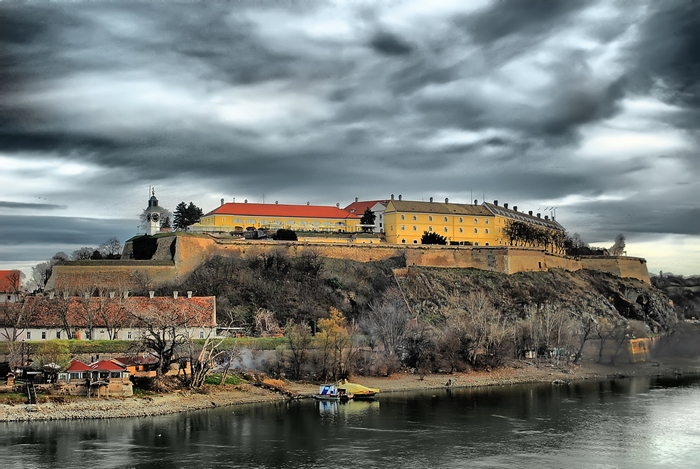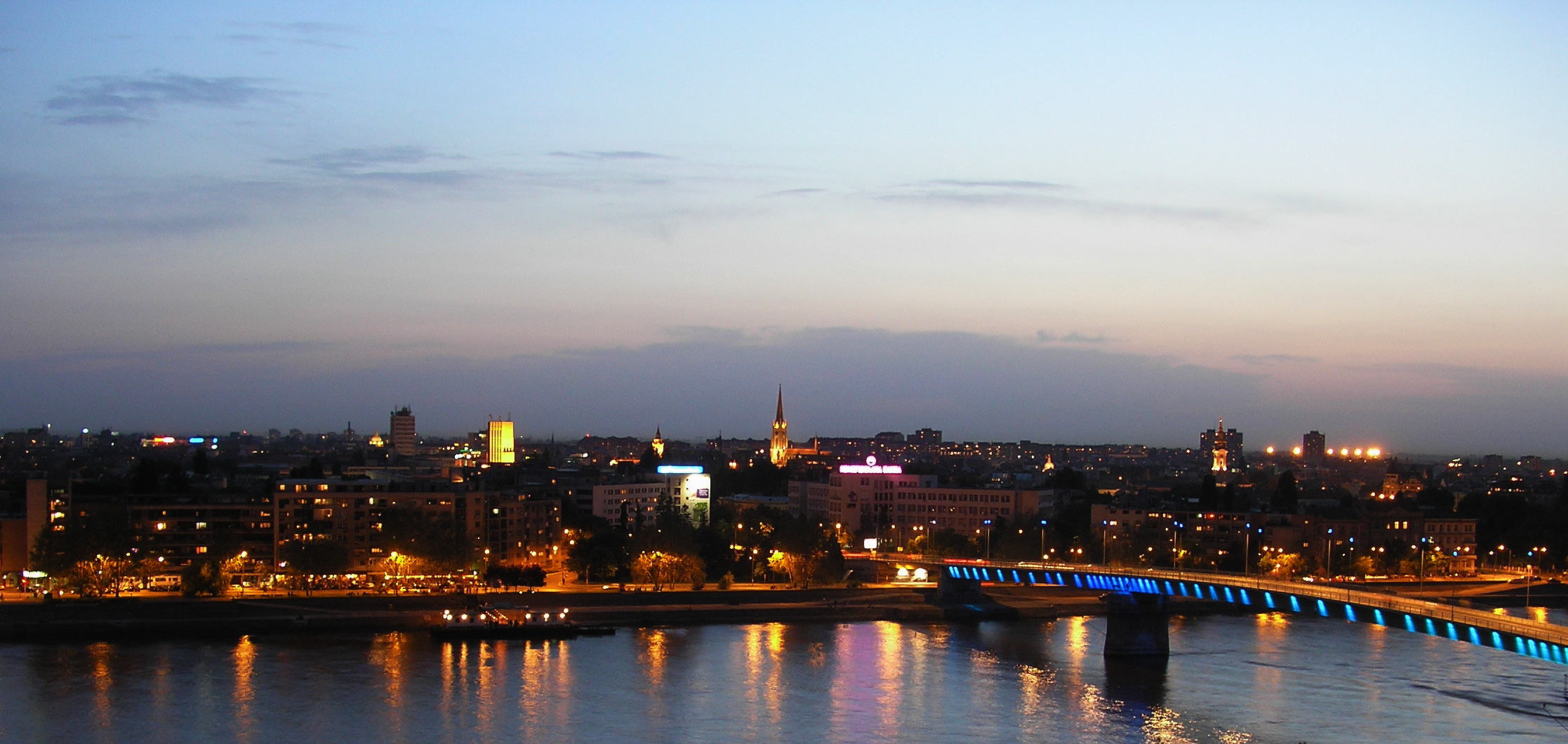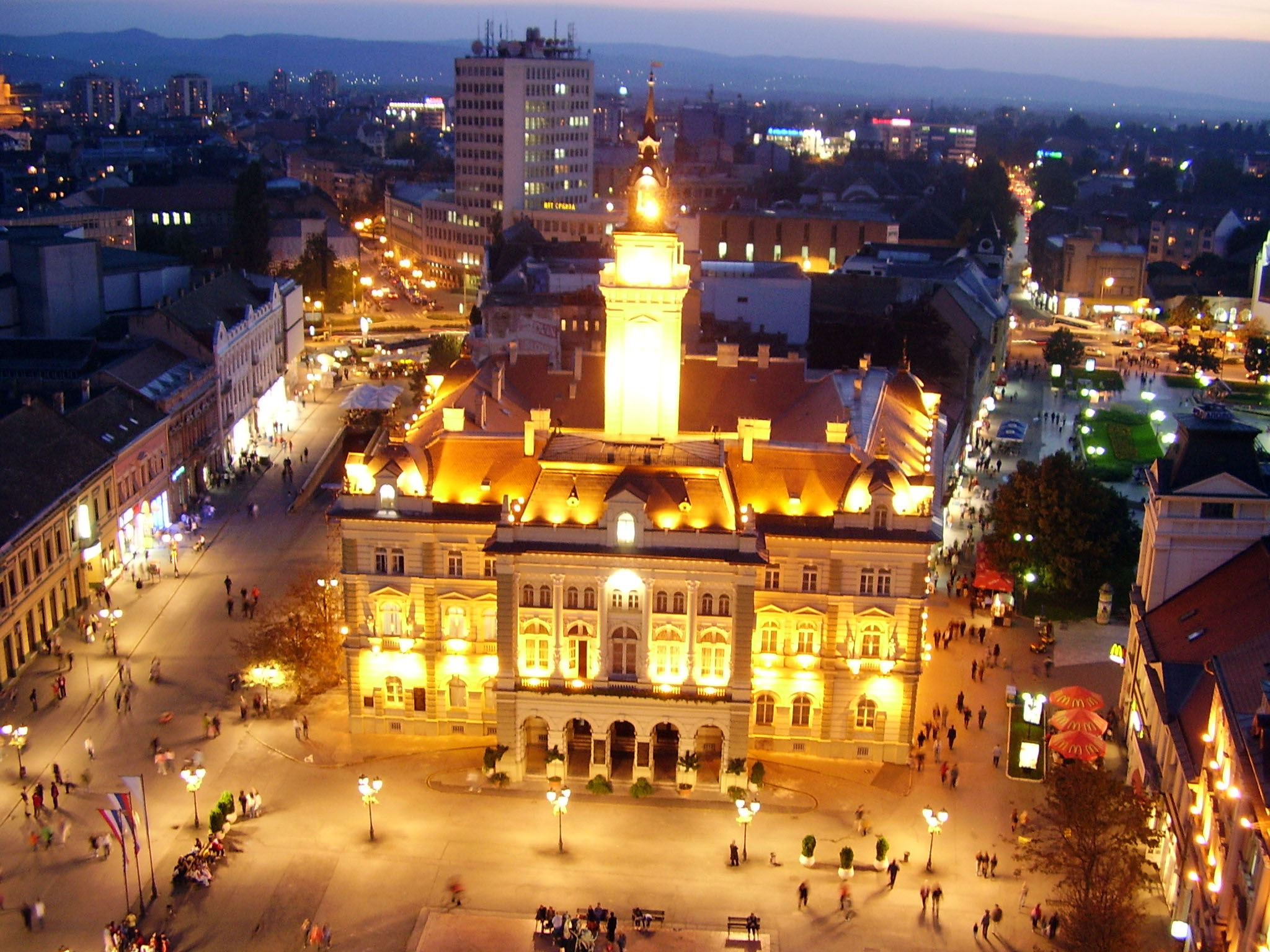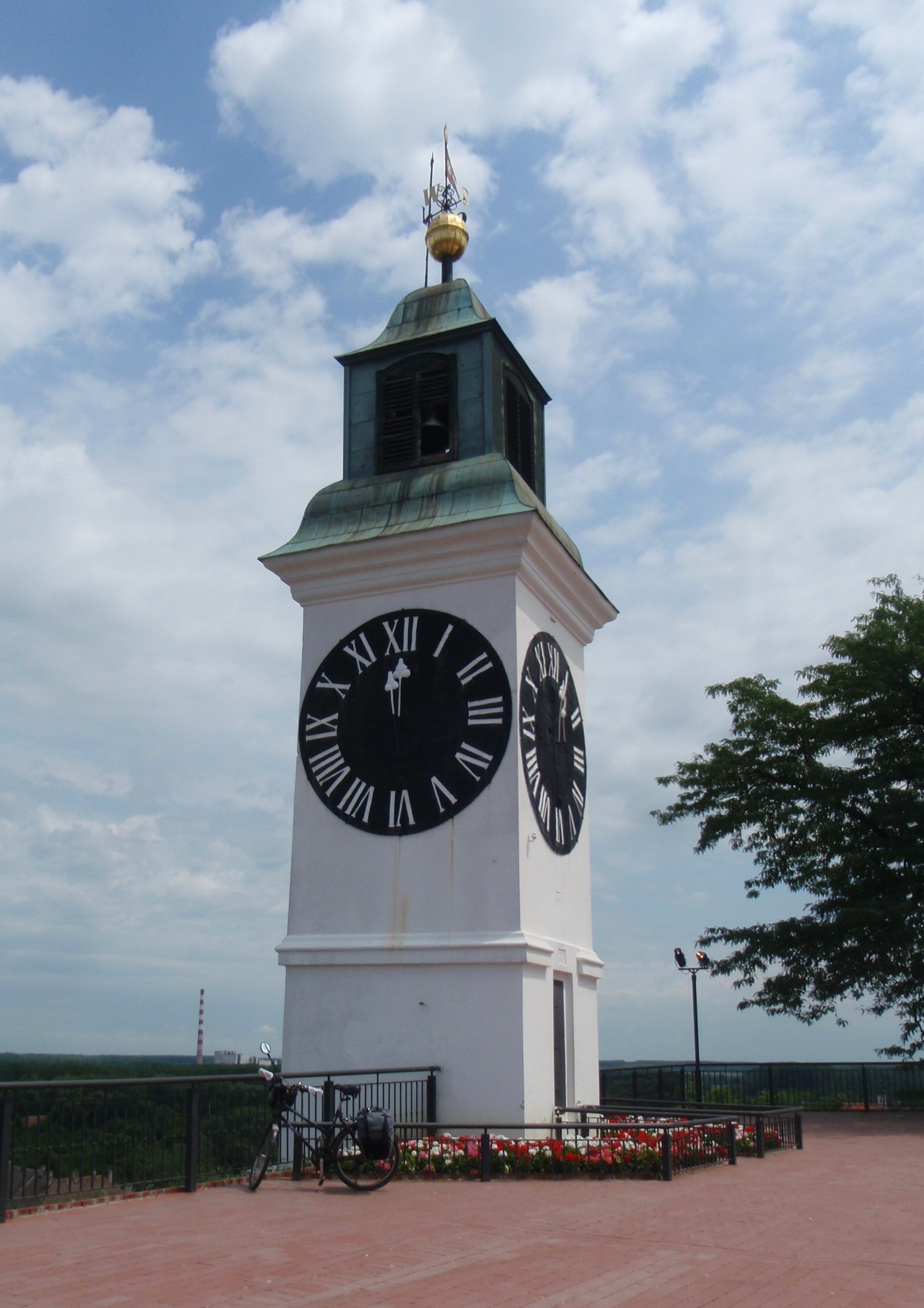 Guest Post by Anita Reid.
Guest Post by Anita Reid.
Serbia is one of those places that conjures up plenty of preconceptions in people’s minds: wars, embargoes, lawlessness, and many other problems that afflicted the region in the past. Like a lot of preconceptions, there is a grain of truth buried amongst mountains of ignorance and chinese-whispers.
Despite news stories involving decade-old wars and the recent trouble with racist football fans, Serbia is slowly regaining a reputation as a progressive and interesting holiday-destination, with new cultural figures to represent modern Serbia in a positive light to the world: Novak Djokovic, Emir Kusturica, the critically acclaimed director, and NBA superstar Marko Jaric, who is also married to Adriana Lima.
 If Belgrade is the archetypal bustling, busy, capital city – the first place most visitors think of when they visit Serbia – then Novi Sad is the laid-back, friendlier, and generally less tourist-driven northern counterpart. Set in the middle of Vojvodina, home to Serbia's vibrant agriculture, it's a typical university town, its streets filled with young and vibrant students from surrounding villages, and its venues filled with some of the most progressive culture in Serbia.
If Belgrade is the archetypal bustling, busy, capital city – the first place most visitors think of when they visit Serbia – then Novi Sad is the laid-back, friendlier, and generally less tourist-driven northern counterpart. Set in the middle of Vojvodina, home to Serbia's vibrant agriculture, it's a typical university town, its streets filled with young and vibrant students from surrounding villages, and its venues filled with some of the most progressive culture in Serbia.
I was exhausted from my long trip, as I first had to fly from Brisbane to London, and then I took a plane to Belgarde that shows how much Serbians love their famous sportsmen, as this AirSerbia airplane was actually named Novak Djokovic. Belgrade to Novi Sad took over an hour and a half by train, even though the distance between the two cities is less than 60 miles, but I finally reached Novi Sad and met with my friend.
 Novi Sad isn’t a small city, it has a population of over 250,000, and a busy town-centre populated by families and shoppers in the daytime, and socialisers and coffee-drinkers during the night. Even during rush hour, however, people in Novi Sad rarely seem rushed, and you will seldom see the kind of goose-stepping hurriedness that is common in such cities. Nowhere is the town’s relaxed nature more apparent than in its cafe and food culture; you won’t find a Starbucks-style frappucino to-go anywhere, but if all you want to do is sit in the shade and people watch for hours, you’re never more than 20 feet away from a cafe it seems.
Novi Sad isn’t a small city, it has a population of over 250,000, and a busy town-centre populated by families and shoppers in the daytime, and socialisers and coffee-drinkers during the night. Even during rush hour, however, people in Novi Sad rarely seem rushed, and you will seldom see the kind of goose-stepping hurriedness that is common in such cities. Nowhere is the town’s relaxed nature more apparent than in its cafe and food culture; you won’t find a Starbucks-style frappucino to-go anywhere, but if all you want to do is sit in the shade and people watch for hours, you’re never more than 20 feet away from a cafe it seems.
Food was one of the most pleasant surprises in Novi Sad. Perhaps it’s the benefit of being surrounded by healthy farmland, or perhaps it was the obvious pleasure Serbians take in eating, but the stalls and restaurants in Novi Sad were cheap and quite tasty. It’s mostly meat on the menu, and mostly in the form of burgers, pizza, and sandwiches, but it is difficult to think of another country which comes close to serving simple food that tastes as great as this - and certainly not as cheap. I have to admit that I would have a totally different perspective of food quality if I was vegetarian though. In that case a good meal would be tough to find, unless I cooked it myself.

Like many Eastern European countries, Serbia also has a bit of a generational gap between cultures. A word to the wise: If you’re in Novi Sad and need to ask for directions, find the youngest adult you can! Older people tend to not speak English very much, whereas younger people not only speak it well, but show a keen interest in other cultures and fashions. If you’re lucky enough to visit during June, you’ll also find the city populated with people from all over the world as they descend upon the beachfront and its renowned fortress for the Exit festival - a music event that has played host to acts as diverse as Morrissey, Pulp, and the Prodigy in recent years.
I was told that cars have become increasingly popular amongst Serbians, and evidence of that was apparent, with many streets lined with cars, though traffic doesn’t seem to be a huge problem. Despite this, cycle lanes run throughout the city, and its possible to see the whole of Novi Sad from behind handlebars. It’s not quite Amsterdam, but Novi Sad is still more bike-friendly than many places.
During the summer Serbians love to be outside, and you will rarely find a green space without playing children, a street front without casual shoppers, or a cafe that isn’t filled with chattering loungers. Visit the Strand - a mile-long stretch of the Danube with food stalls and bars - and you’ll see families, the elderly, and teenage party-animals alike enjoying the sun. You’ll also know when there’s a nationally relevant sporting event on - such as a Djokovic game - from the thousands of cafe and bar crowds gazing up at TV screens and reacting to every moment.
Possibly Novi Sad’s most impressive site is the fortress, a centuries-old site that overlooks the Danube and winds around a surprisingly well-kept village. It can take hours to walk around, and is filled with interesting surprises like its collection of artists’ studios at the top; the remains of decades-old artillery; or the ‘drunken clock’, known as such because the minute hand shows the hour, and vice versa.
Luckily I had a direct line back to Brisbane. Luckily, because I was so tired by the time my visit ended that all I wanted to do was crash on the first soft, clean place I run into. Admittedly though I have had a wonderful time and am grateful that my friend took days out of her vacation time to lead me around the city. I certainly got “culture shocked” in a pleasant way, though I wouldn't expect anything less as I did travel halfway around the globe.
This guest post was by Anita Reid. She is a Brisbanian who loves to meet new people, places, foods and drinks, and enjoys bathing in the sun.



